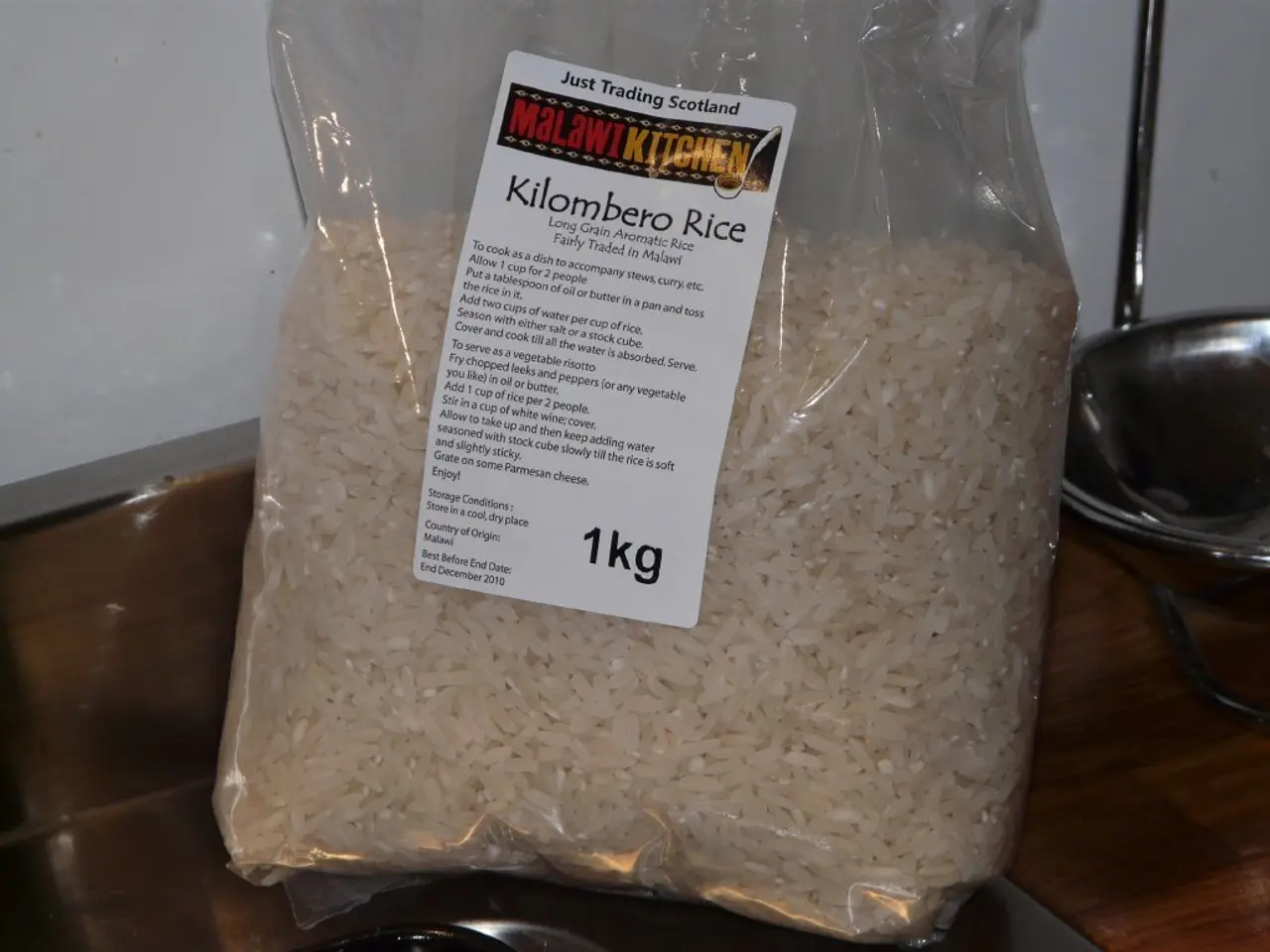Japan-US Trade Agreement: A New Era of Economic Cooperation
United States and Japan seal trade agreement, imposing tariff at fifteen percent level
In a significant move to bolster economic ties, Japan and the United States have reached a trade agreement that promises to reshape their bilateral trade relationship. The deal, announced by Japanese Prime Minister Shigeru Ishiba, is designed to foster greater economic cooperation and create a more balanced trade environment.
Tariff Reductions
The agreement introduces a reciprocal tariff rate of 15% on Japanese imports to the U.S., a reduction from the previously threatened 25%. This rate, however, is higher than the universal 10% tariff rate faced by nearly all other imports[1][2]. Notably, steel and aluminum are excluded from the tariff reductions and continue to face separate tariffs[1].
Investment Commitments
Japan has pledged to invest a substantial $550 billion in the United States, focusing on strategic sectors such as semiconductor manufacturing and research, energy infrastructure and production, critical minerals mining, pharmaceutical and medical production, and commercial and defense shipbuilding[1][3][4]. The U.S. will retain 90% of the profits from these investments, ensuring that the majority of benefits accrue to American workers and communities[3][4].
Strategic Cooperation
The agreement also mentions potential joint ventures between Japan and the U.S., particularly in areas like liquefied natural gas (LNG). These collaborative projects and investments, directed by U.S. leadership, could pave the way for further economic integration[1][3].
Economic Impact
The $550 billion investment represents a significant increase in Japan's financial exposure to the U.S., equating to nearly 14% of Japan's 2024 GDP[4]. The agreement was celebrated by both governments, with Japan's Nikkei index surging 3.5% following the announcement[2].
Automobile Tariffs
In addition to the tariff reductions, the U.S. tariff on automobile imports from Japan will be reduced from 27.5% to 15%[1]. This reduction is expected to stimulate increased trade in the automotive sector between the two countries.
The agreement between Japan and the U.S. aims to create a more balanced trade environment while promoting substantial investments in key sectors to support U.S. industrial growth. Japan will continue to increase imports of rice and other products from the U.S. as per the agreement. The new reciprocal tariff rate on Japan is the lowest among countries with trade surpluses with the U.S., marking a significant step towards a more equitable trade relationship.
[1] White House. (2022, July 8). Fact Sheet: The U.S.-Japan Trade Agreement. Retrieved from https://www.whitehouse.gov/briefing-room/statements-releases/2022/07/08/fact-sheet-the-u-s-japan-trade-agreement/
[2] Bloomberg. (2022, July 8). Japan Stocks Surge on U.S. Trade Deal, Dollar Rises. Retrieved from https://www.bloomberg.com/news/articles/2022-07-08/japan-stocks-surge-on-u-s-trade-deal-dollar-rises
[3] Reuters. (2022, July 8). U.S., Japan agree to $550 billion investment deal to boost economic ties. Retrieved from https://www.reuters.com/world/us/us-japan-agree-550-billion-investment-deal-boost-economic-ties-2022-07-08/
[4] The Economist. (2022, July 8). What the U.S.-Japan trade deal means for both countries. Retrieved from https://www.economist.com/business/2022/07/08/what-the-us-japan-trade-deal-means-for-both-countries
In the context of the Japan-US Trade Agreement, the United States will receive a substantial $550 billion investment from Japan, particularly in strategic sectors such as semiconductor manufacturing and research, energy infrastructure and production, critical minerals mining, pharmaceutical and medical production, and commercial and defense shipbuilding. This investment, following the agreement, will be lower than the universal 10% tariff rate faced by nearly all other imports, marking a significant step towards a more equitable trade relationship.




